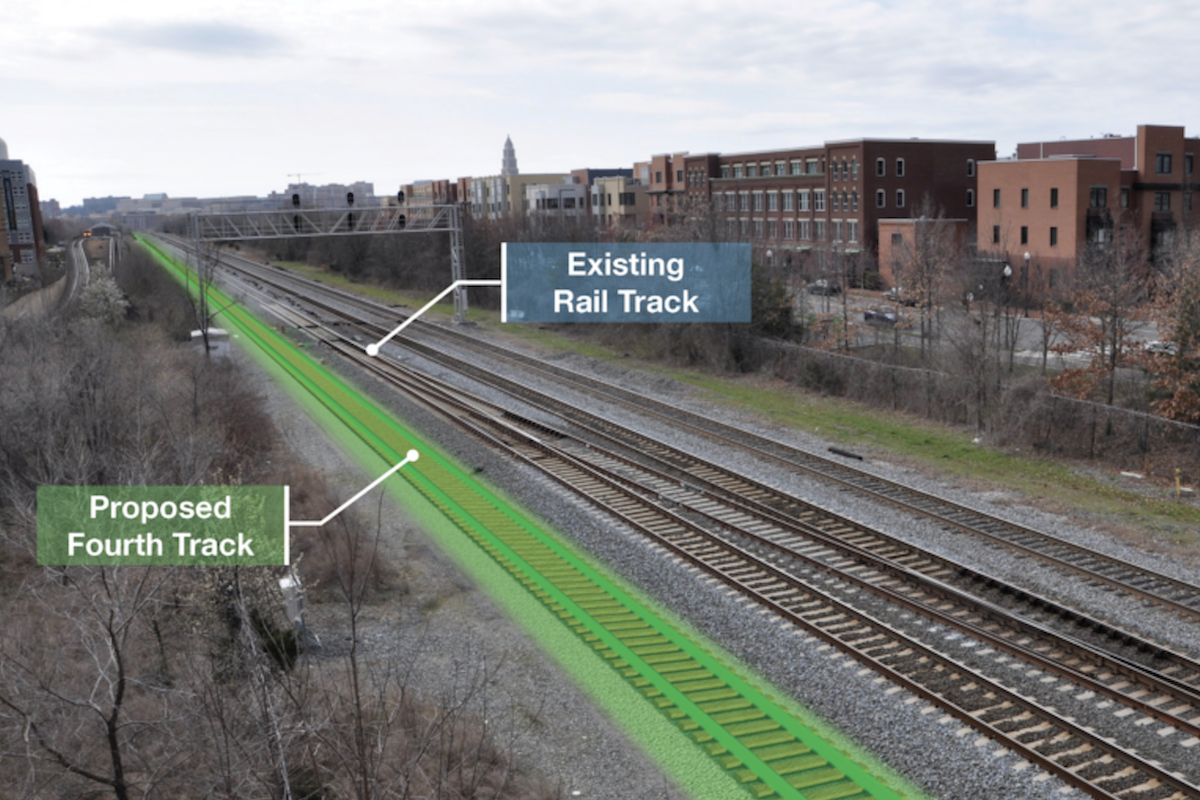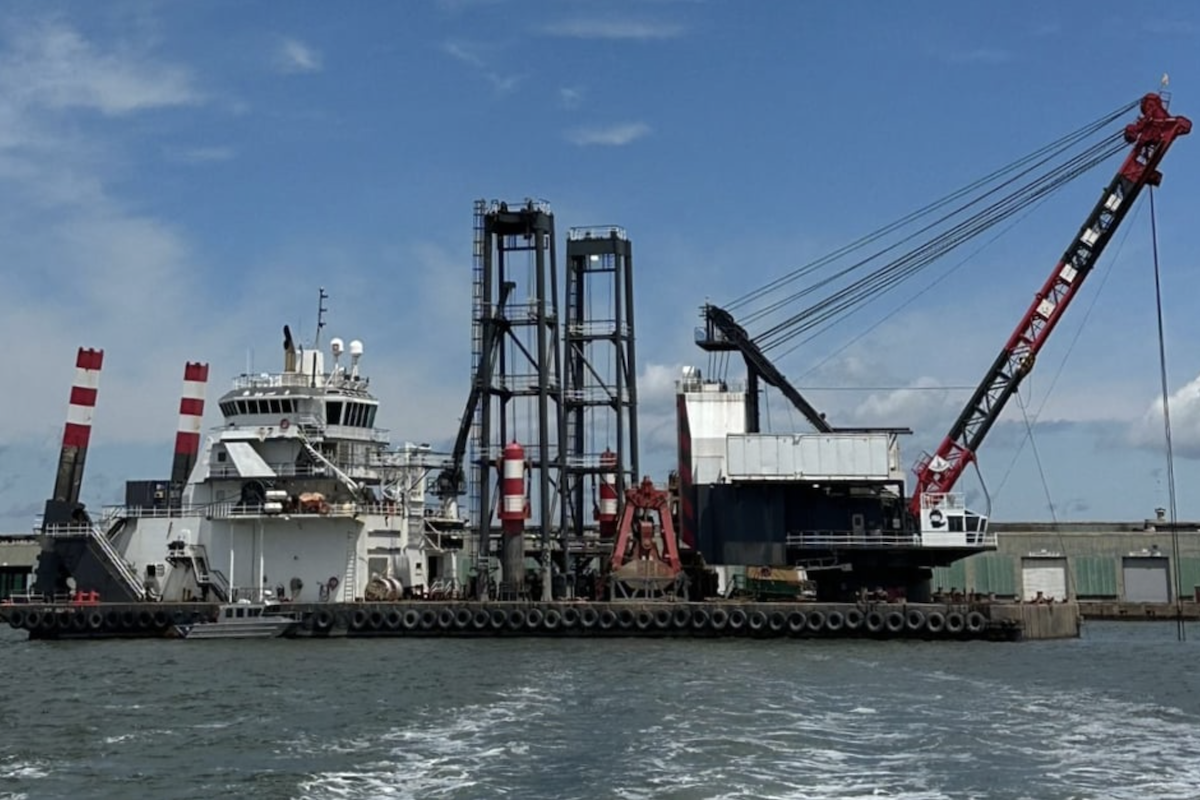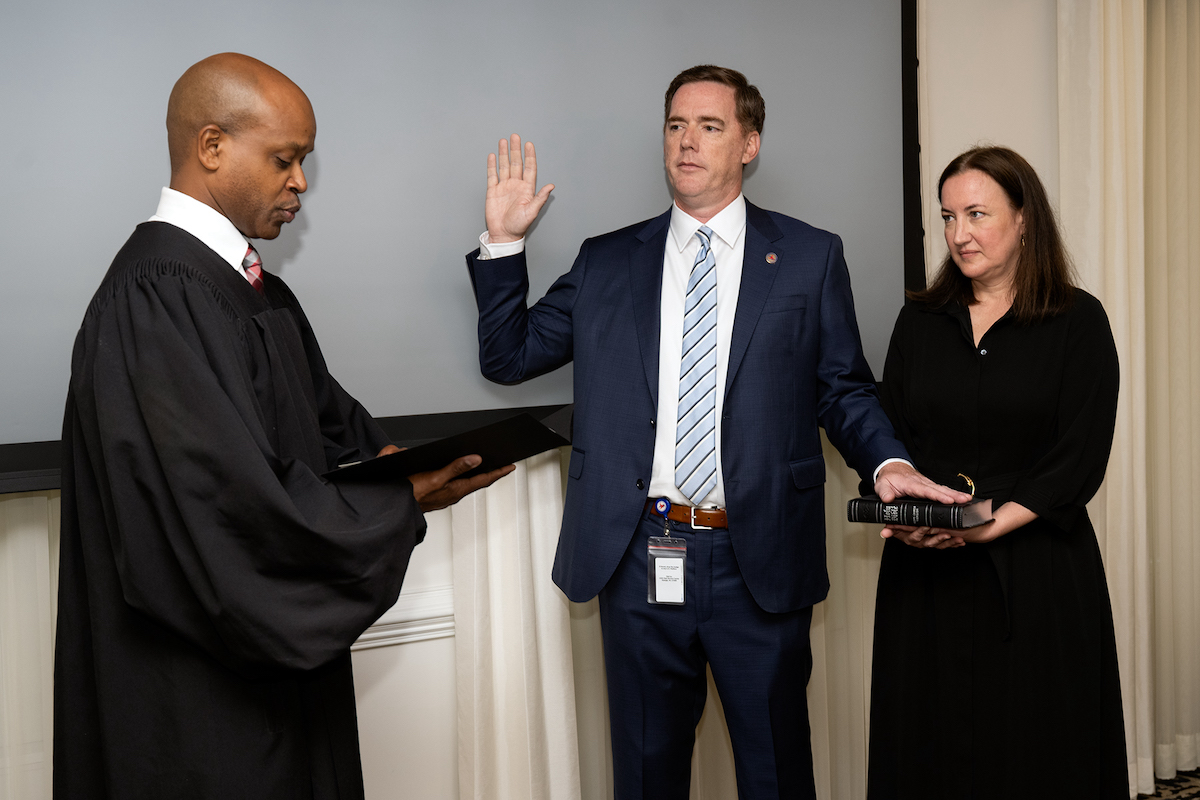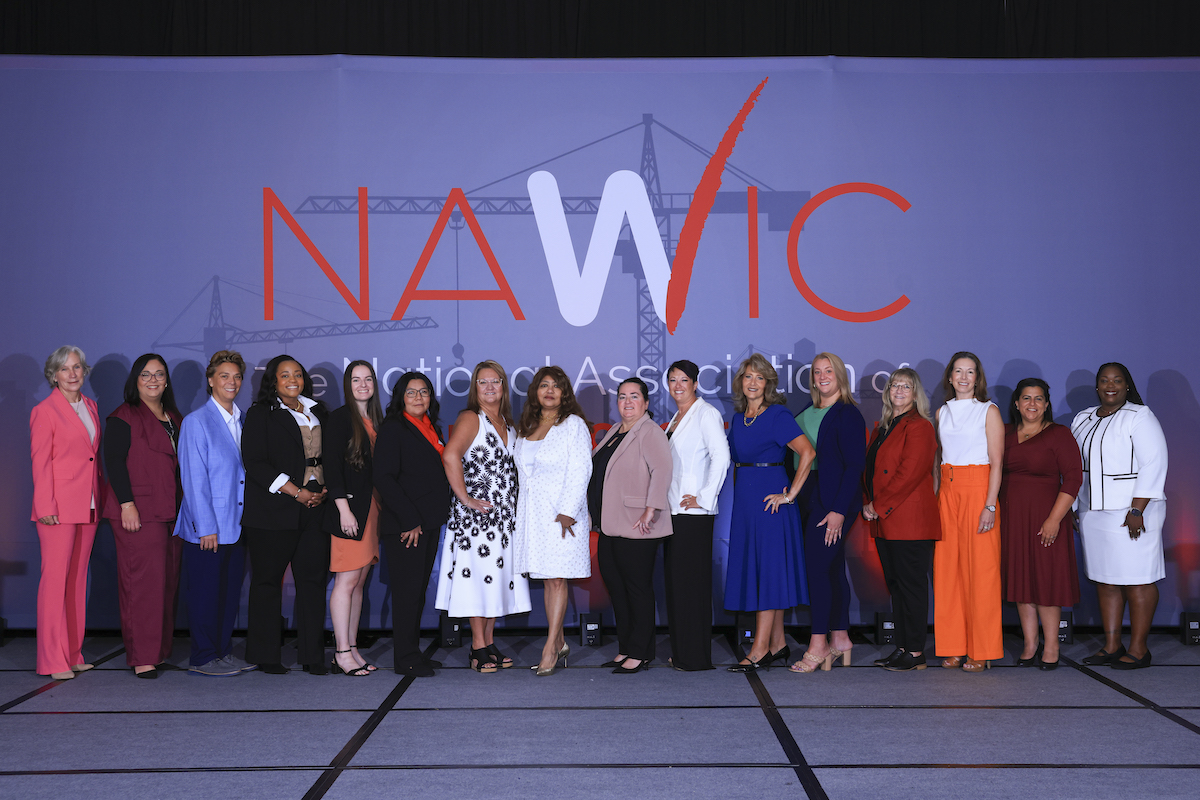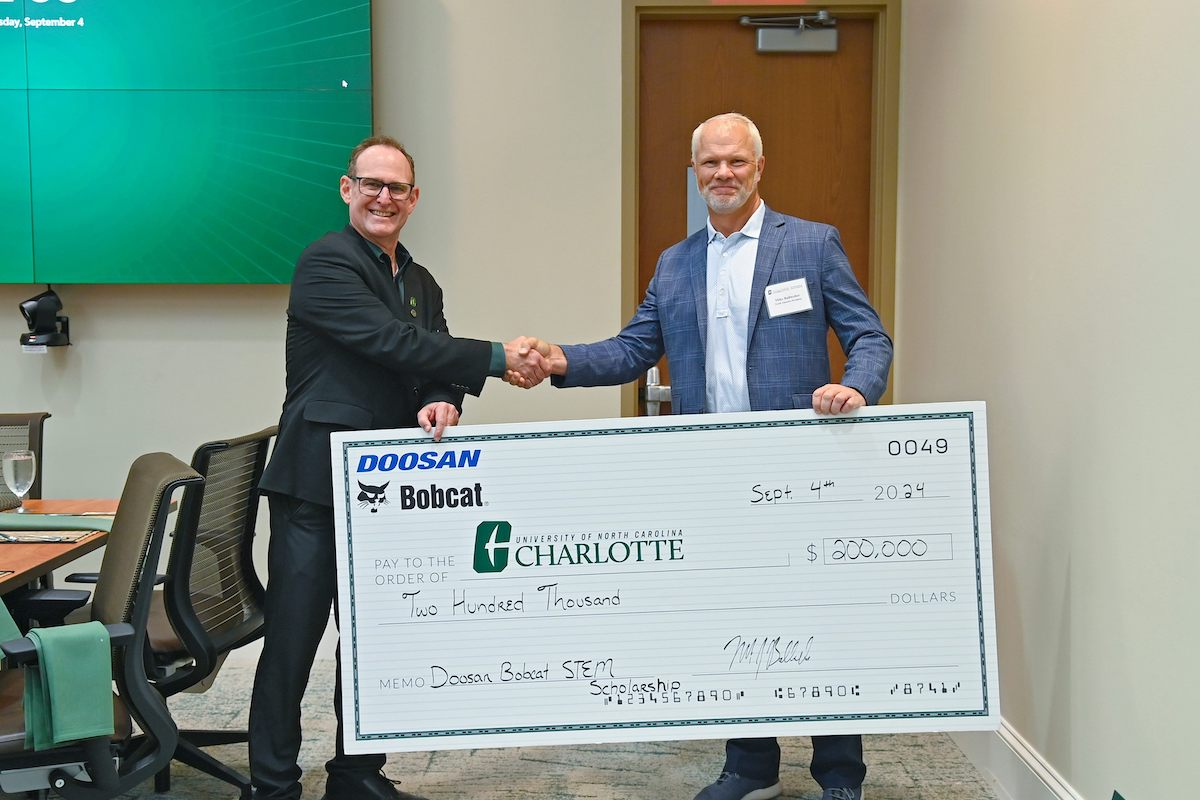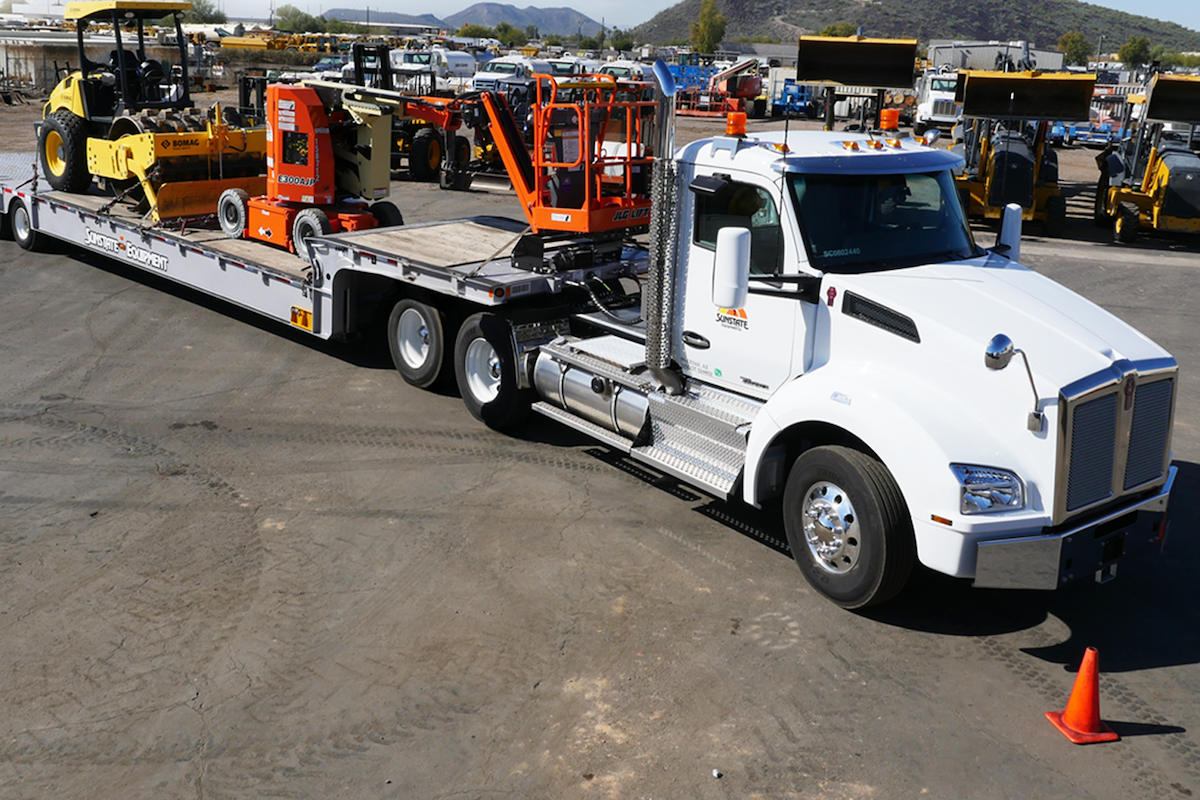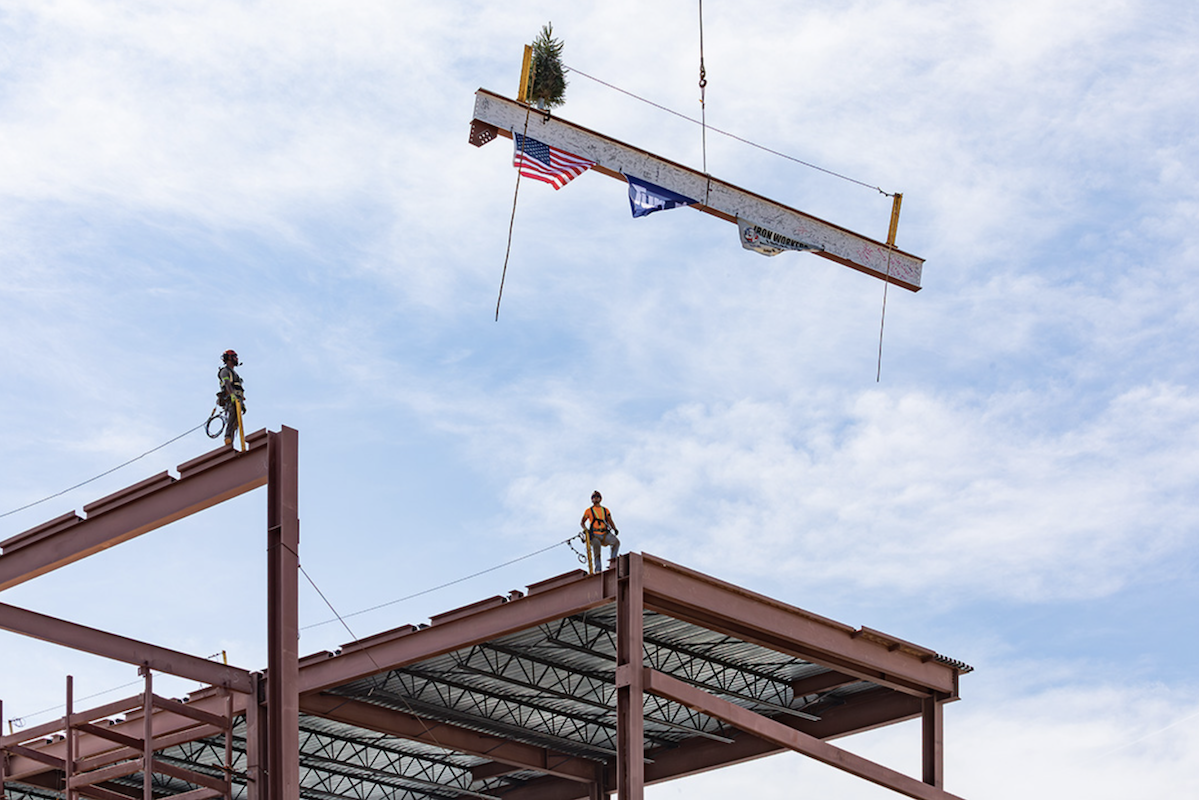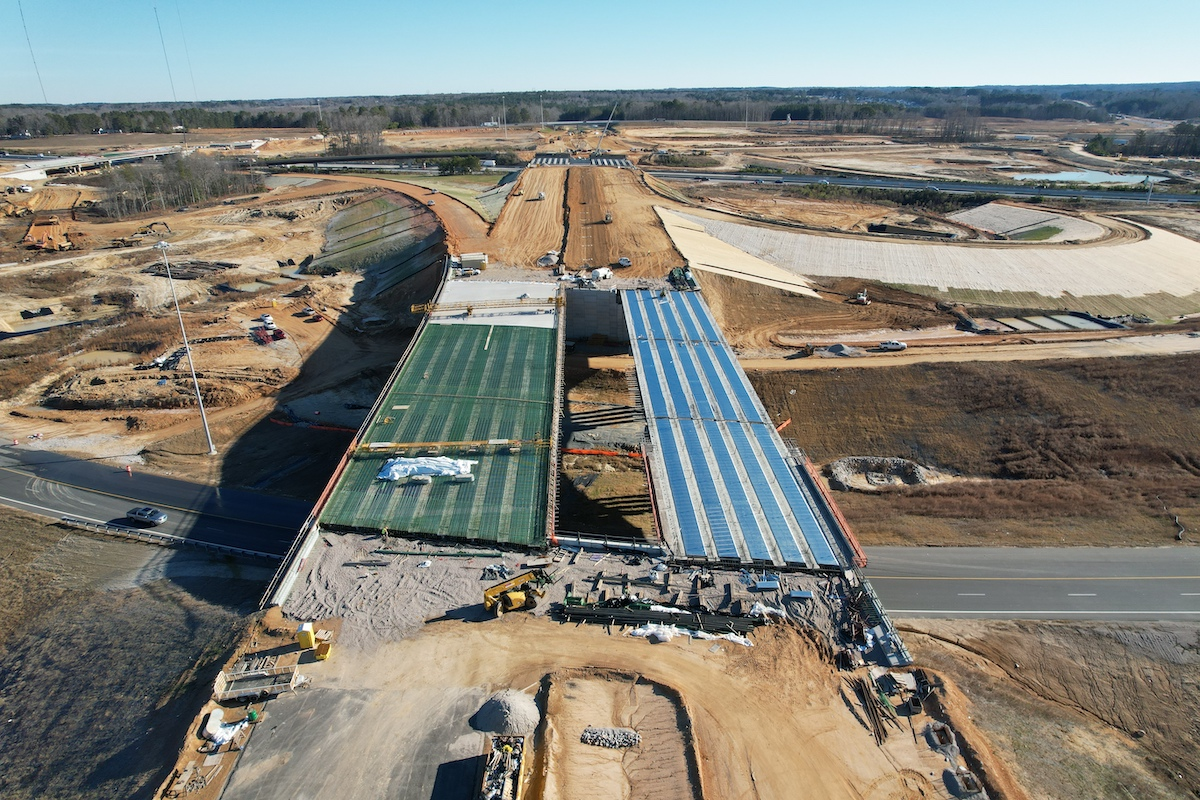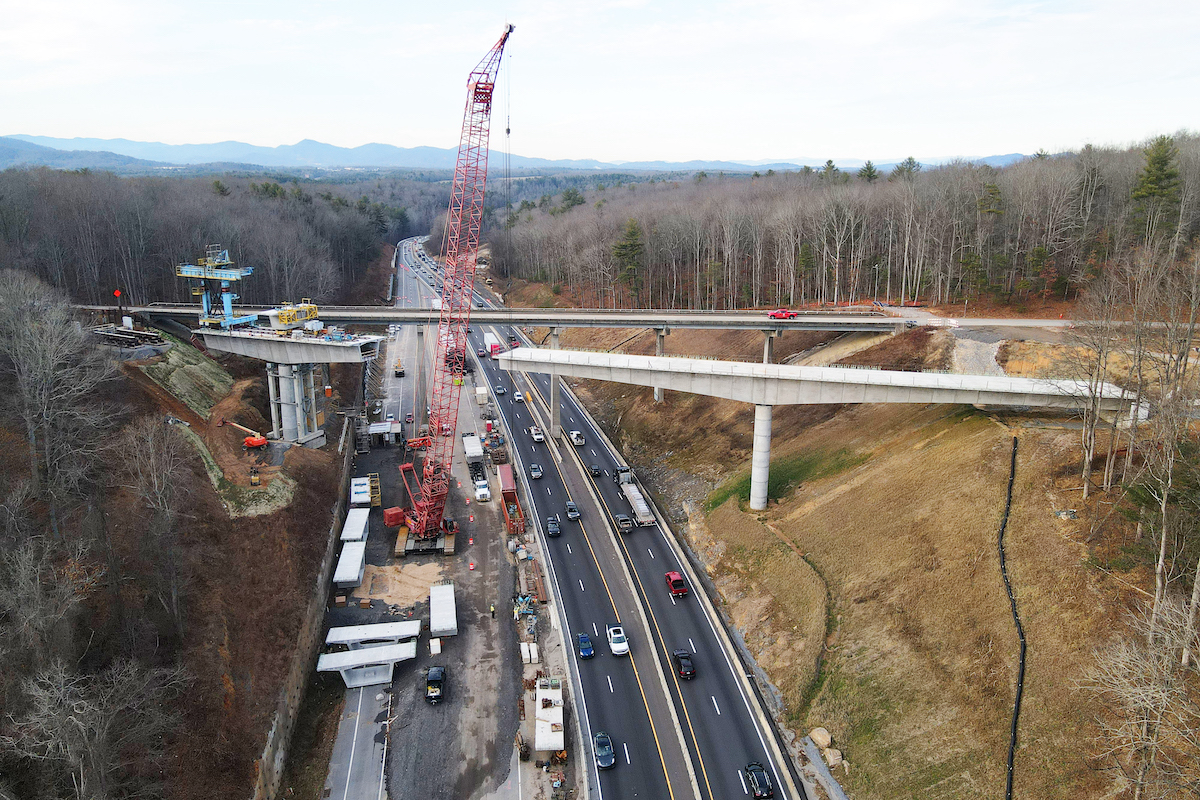The $154.8 million reconstruction project features a new asphalt roadway, which replaces the deteriorated concrete, and includes three travel lanes in each direction plus auxiliary lanes, new lighting, new color overhead message boards, new landscaping, and ramp safety improvements at the 21st Avenue and Murphy Avenue exits.
Originally known as Four-Forty Parkway, I-440 was designed and constructed in the 1980s as an east-to-west southern loop around the city of Nashville to address urban congestion created by a trucking industry boom. Upon completion of the roadway in 1987, it was considered a limited-access highway, linking I-40 west of the city with I-65 and I-24 south of the city. The facility was built to accommodate up to 64,000 vehicles per day. However, 2020 traffic averaged 103,000 vehicles daily, and anticipated 2041 traffic is 123,720 vehicles daily, according to Clayton Markham, TDOT's I-440 Reconstruction Project Supervisor.
“This project is currently the most expensive project ever let to contract by the Department,” said Markham. “That in and of itself is significant, but in addition, the corridor is a vital connector for the city of Nashville. The existing concrete road was never designed to carry that volume of traffic, nor the volume of heavy trucks it was experiencing – it had deteriorated to a substandard condition, and needed full replacement.”
The existing concrete roadway was primarily four lanes – two lanes in each direction – with the eastbound and westbound lanes separated by a grassy, elevated median and auxiliary lanes located near the interchanges. The new design replaced the deteriorated concrete pavement with asphalt and removed the median to provide a facility with at least six lanes (three lanes in each direction) throughout the corridor.

| Your local Komatsu America Corp dealer |
|---|
| Linder Industrial Machinery |
The project was completed under an aggressive two-year design and construction schedule. Traditional construction allowed the interstate to remain open with lane closures in place for the duration of the project, and the project was completed one month ahead of schedule.
“Due to the size, complexity and importance of the corridor to the city of Nashville and regional travelers, the Design-Build project delivery method was used to expedite the project and allow for contractors to introduce innovative solutions and reduce overall costs and impacts to the public,” said Markham.
“Schedule was definitely a challenge, ensuring various crews and subcontractors were not working on top of each other, materials were available where needed and work was built with quality are just a few of the difficulties faced.
“On top of that maintaining live traffic nearby and switching traffic between the various phases posed additional challenges. The traffic challenges were faced head on by the contractor’s dedicated Traffic Control Supervisor who worked tirelessly to ensure everything was kept in top shape and as safe a possible for both workers and traffic.”
Markham added that another challenge was construction of the I-440 bridge over I-65. This work consisted of widening two bridges (both of which are in horizontal and vertical curves and are over 60 feet in the air) toward each other, essentially combining them into a single bridge.

| Your local Bomag Americas dealer |
|---|
| Linder Industrial Machinery |
“Further complicating this construction was six lanes of I-65, four lanes of SR-6 and four interchange ramps that cross underneath the structure,” said Markham. “This challenge was overcome primarily through the use of gantry cranes that ran across the existing bridges and the allowance of two full weekend closures of the interchange.”
Kathryn Schulte, TDOT Community Relations Officer, said that one of the challenges with this project was reduced corridor capacity during construction in an already congested corridor. “For many widening projects, TDOT can typically maintain existing capacity for drivers during construction,” she explained. “But for the I-440 reconstruction, we had to close key auxiliary lanes and even thru-lanes at times to make room for construction activities. We started messaging that information months in advance, and worked very closely with the local news outlets in the month before the lane reductions started in order to warn the public of extended commute times and promote alternate routes. Our Traffic Operations department also assisted with this messaging by installing real-time travel time signs at the I-40/I-840 junctions, so thru drivers could decide if bypassing Nashville via I-840 might be a better option than I-440.
“Another challenge with this project was the 24/7 construction and all the noise that comes with that, Schulte continues. “There are thousands of people that live right next to I-440 and would be subjected to overnight noise at times during the project construction. We wanted to be upfront with these residents about this. We had several public meetings as the project was getting underway and we explained the upcoming noise impacts and also made a video for outreach.
“It’s fair to say people weren’t happy about it, but most understood that it was the only option in order to get this project finished as quickly as possible. We ended up getting relatively few noise complaints during the project, which I think is a testament to the patience of the residents in this area.”
Fortunately, the COVID-19 pandemic that had disrupted so many construction projects nationwide did not play a major factor in the completion of the I-440 reconstruction, said Markham. “Extra precautions were taken to ensure construction crews and staff were protected allowing work to continue. The way the project was phased and built did not allow lower traffic volumes to be a factor; however, it did provide for a slightly safer work environment for on-site crews.”

| Your local Topcon Positioning Systems Inc dealer |
|---|
| Linder Industrial Machinery |
Markham reported that since completion of the project, traffic has a much smoother and more comfortable ride through the corridor. “This roadway is a vital part of Nashville and middle Tennessee’s transportation system, and it will now be capable of serving as a reliable connector for decades to come.”
- Man Hours: 450,000 in 708 Calendar Days
- Recycled Concrete: 215,000 tons
- Asphalt: 300,000 tons
- Structural Steel: 2.4 Million pounds of steel
- Landscaping: 14,000 trees, shrubs, and ground cover



















